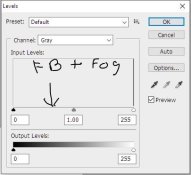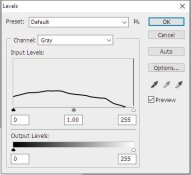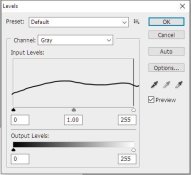Koen Van Crombrugghe
Member
As I scan all my negatives and have no intention (now and in the foreseeable future) of doing any dark room printing I would like to optimize my negative development to obtain the best possible results from scanning (I'm using a Nikon Coolscan 4000).
At this time I'm focusing on Kodak T-Max 400 film developed in D-76 1:1.
I've made some test shots to plot my characteristic curve, it's fairly close to the middle curve on Kodak's chart below:

Using the standard development time Dmax is about 2, so the total density range is about 1.8 for 10 stops of exposure.
The scanner has a Dmax of 4.2 (marketing claim) and an ADC bit depth of 14 bits.
Is my reasoning correct that this means that an image with a density range of 1.8 only has about 6 bits of tonality range for mapping these 10 stops of exposure?
Would it make sense to develop my negatives longer, increasing the contrast and expanding the range up to a Dmax of about 3.2 to make better use of the scanner's dynamic range? Would this give me more tonality levels to play with in post as the used bit depth increases to about 10 bits? Incidentally this would also correspond well (again, if my reasoning is correct) with the 10 stops exposure range.
I intend to scan a Stouffer step wedge soon to determine the real optical range of my scanner.
At this time I'm focusing on Kodak T-Max 400 film developed in D-76 1:1.
I've made some test shots to plot my characteristic curve, it's fairly close to the middle curve on Kodak's chart below:
Using the standard development time Dmax is about 2, so the total density range is about 1.8 for 10 stops of exposure.
The scanner has a Dmax of 4.2 (marketing claim) and an ADC bit depth of 14 bits.
Is my reasoning correct that this means that an image with a density range of 1.8 only has about 6 bits of tonality range for mapping these 10 stops of exposure?
Would it make sense to develop my negatives longer, increasing the contrast and expanding the range up to a Dmax of about 3.2 to make better use of the scanner's dynamic range? Would this give me more tonality levels to play with in post as the used bit depth increases to about 10 bits? Incidentally this would also correspond well (again, if my reasoning is correct) with the 10 stops exposure range.
I intend to scan a Stouffer step wedge soon to determine the real optical range of my scanner.





 ) familiar with darkroom printing but I believe this is also a good range for printing?
) familiar with darkroom printing but I believe this is also a good range for printing?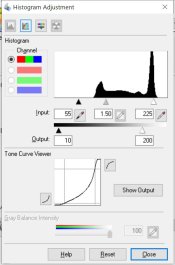

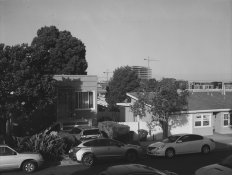
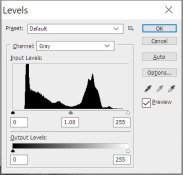
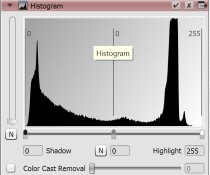
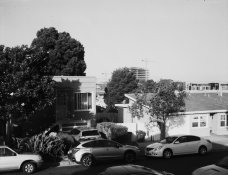
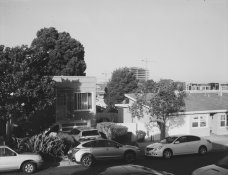

 just the other day I was thinking that I should do some sort of calibration on my Coolscan 5000. So I have some questions about how you accomplished your scan.
just the other day I was thinking that I should do some sort of calibration on my Coolscan 5000. So I have some questions about how you accomplished your scan.